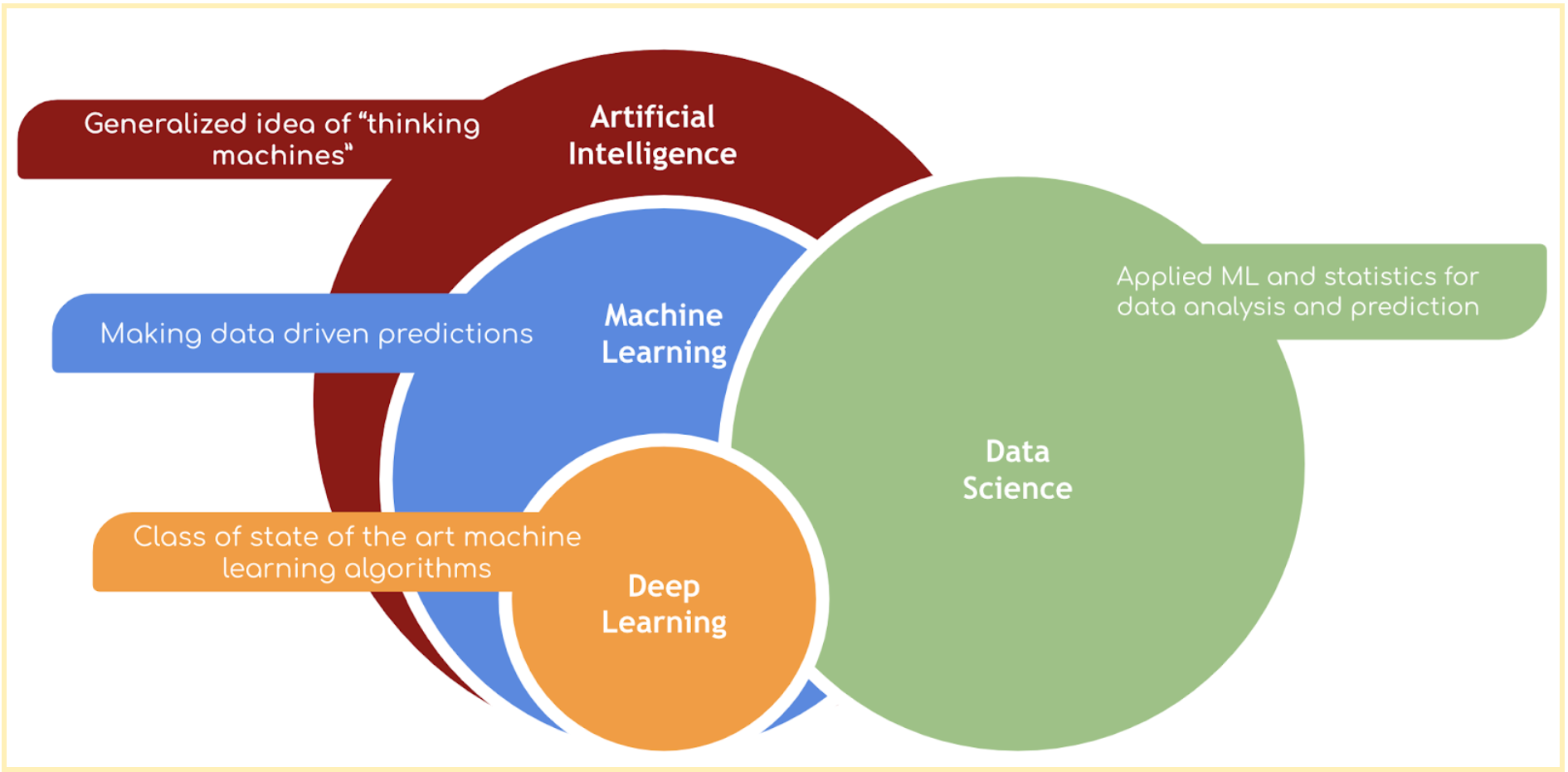There are few ideas in our world more pervasive and less defined than “Artificial Intelligence” (AI). From doomsday machines in movies to job-stealing, economic woes in the news, talk of how AI will reshape our personal and professional lives is seemingly everywhere. But AI (or more accurately, a subset of AI called Machine Learning) is also making massive inroads in improving our lives and society: helping to optimize power grids for greater efficiency, understanding internet search queries with near-human intuition to bring the world to our fingertips and helping doctors diagnose diseases with greater accuracy in shorter time just to name a few.
AI is even playing an important role in helping to address the ongoing COVID-19 pandemic, aiding scientists, doctors, and the many front-line workers in tasks ranging from understanding and making predictions from the vast amounts of information worldwide to unraveling the nature of its protein structure, potentially helping to guide the development of novel tests, treatments, and vaccines.
The rapid proliferation of AI into our personal and professional lives has rightly raised many questions and concerns, especially around the issues of data privacy, data ownership and over-reliance on AI. We build our AI systems in close collaboration with our product teams and our top priorities have always remained protecting the privacy of our users and building AI that is as fair, transparent, and unbiased as possible. We closely monitor the behavior of our AIs in production to ensure that they are behaving correctly. Above all, we seek to build AI that never makes a decision for you, but rather helps you make the best and most informed decision possible.
At Turnitin, we take shaping the role of AI and our responsibilities as thought leaders in the EdTech space very seriously. Our world-class AI teams work hard to build AI that complements and extends the skills of educators, as well as helps to guide students on their learning journey. We believe that AI enhances the strength of our users and gives them new and greater capabilities, a philosophy that guides everything we do.
What are Artificial Intelligence and Machine Learning?Intrigued? We hope so. But, before you dive in, you may be wondering where to begin. The Venn Diagram below illustrates some concepts and nomenclature in the field as they appear to us. While definitions differ somewhat, at Turnitin we define AI as the idea of machines that can think and reason. Within AI, there is a subset of algorithms called “machine learning” or ML, that can make data-driven predictions by finding patterns in historical data.
In the last decade, “Deep Learning” or “Neural Network” machines have superseded many older ML approaches in performance, and are currently considered state-of-the-art in performance in fields ranging from computer vision and natural language understanding to playing complex games like Chess and Go. Finally, there’s a large field called “Data Science,” which is really just applied statistics and ML for data understanding. Data scientists seek to answer questions about and from the data in better and more efficient ways.

How AI, Machine Learning, Deep Learning and Data science intersect. Inspired by: AI Trends
https://www.aitrends.com/data-science/machine-learning-engineer-vs-data-scientist-who-does-what/
In general, things that are purely Artificial Intelligence are things that aren’t quite possible yet (or might be just getting within reach), while Data Science and Deep Learning are widely accepted and adopted ML technologies. Face detection in your camera, speech recognition on your phone, the Roomba, and automatic sentence completion on Gmail are all examples of things that once were considered AI and have now firmly entered the realm of ML technology.
ML technologies can be used to replace jobs formerly done by people, or they can be used to help people to be even more effective in their lives and work. At Turnitin, we are firmly in the second group - for over twenty years, we’ve built tools that have reduced the burden on teachers and supported students so that more time can be spent on learning. We believe that learning is most effective when it is an interactive activity, and our mission is to build products and experiences that make the process of teaching, learning, and administration more accessible, engaging, and authentic for everyone, whether they are a student, a teacher, or an administrator.
What Role Does AI Play at Turnitin?When it comes to AI in EdTech, there are a lot of factors to consider: bias, transparency, interpretability, accessibility - just to name a few. We tend to weigh these factors by separating our users into two groups: Educators and Students.
In general, our educator tools are designed to give greater context around complex decisions; for example, our authorship features automatically check a new piece of writing against a student’s historical writing based on paper metadata and language stylometrics in real-time and at scale. This information provides important and useful statistics to an instructor or Academic Integrity Officer. Our tool saves significant time in the data collection and aggregation process, allowing the user to spend more time carefully considering the case in front of them using the rich data, all while keeping student anonymity and privacy at the forefront.
In contrast, our student-facing products have to consider that students are in the process of learning, so our goal is not just to provide context, but also feedback that guides and improves their skills and knowledge. For this reason, it’s even more important for our student-facing tools to be “right” - this is why our student-facing product development cycles are generally longer, there are many more considerations and factors!
It’s clear that AI and data play important roles in Turnitin’s products; after all, we were one of the first big data companies in EdTech. Over the years, we’ve built AI to improve student writing ( Revision Assistant ), assist instructors in grading with speed and consistency ( Gradescope ), and help Academic Integrity Officers and administrators triage the increasing problem of contract cheating , just to name a few. Underpinning these amazing products is a complex ecosystem of interconnected, cutting-edge AI algorithms developed by our AI teams, ranging from powerful language comprehension machines to state-of-the-art handwriting and image recognition, as well as the immense infrastructure needed to support these machines.
As we dive into the exciting AI research and development being done at Turnitin, you’ll see some complex terms and jargon; but don’ t worry, we’ll do our best to make our posts interesting and accessible to everyone, whether you’re familiar with AI or not. Our goal is to help you understand how the amazing AI work our teams do translates into the powerful products, features, and experiences you know and love from Turnitin, as well as give you a sneak peek into the next generation of exciting projects on which we are already hard at work!
Thanks for coming on this journey with us. We can’t wait to show you what we have in store!




